We use cookies to make your experience better. To comply with the new e-Privacy directive, we need to ask for your consent to set the cookies. Learn more
What causes Equine Colonic Ulcers? Three Common Problems to Address
Equine Colonic Ulcers, also known as hindgut ulcers, are lesser known but just as common as gastric ulcers. They occur in the horse's hindgut, which contains the cecum, large colon, small colon, rectum, and anus.
Causes of Equine Colonic Ulcers
Without simplifying things too much, equine colonic ulcers are caused by three main things:
- Right dorsal colitis.
- Hindgut acidosis
- Parasite infestation
Right Dorsal Colitis in Horses
Right dorsal colitis (known as RDC) is an ulcerative inflammatory bowel disorder. The major cause of RDC is the overuse of non-steroid anti-inflammatory drugs (NSAIDs) such as phenylbutazone - or Bute as most people call it. Another cause is stress, which releases corticosteroids that inhibit the functions of colon-healthy prostaglandins. For this reason, it's imperative that NSAIDs are not used for longer than 5 - 7 days.
Hindgut Acidosis in Horses
Hindgut acidosis happens when large amounts of simple carbohydrates (sugar and starches) reach the hindgut undigested and ferment into lactic acid. This has two detrimental effects. Firstly it attacks the mucous lining of the colon (and prevents further mucous production). Secondly, this acidic environment hinders hindgut fermentation. The acid kills off the 'good' bacteria, leading to ulceration.
Parasites in Horses
Parasites damage the horse's hindgut when they attach to the mucosal lining. They leave behind a pit that can become infected or ulcerated. The worst offending parasites are large strongyles, bots and tapeworms
How to treat equine colonic ulcers
Hindgut ulcers are best treated with sucralfate and probiotics. However, it's essential that the root cause is also addressed. This is best done through dietary modification, stress minimisation, responsible use of NSAIDs and a parasite control program.

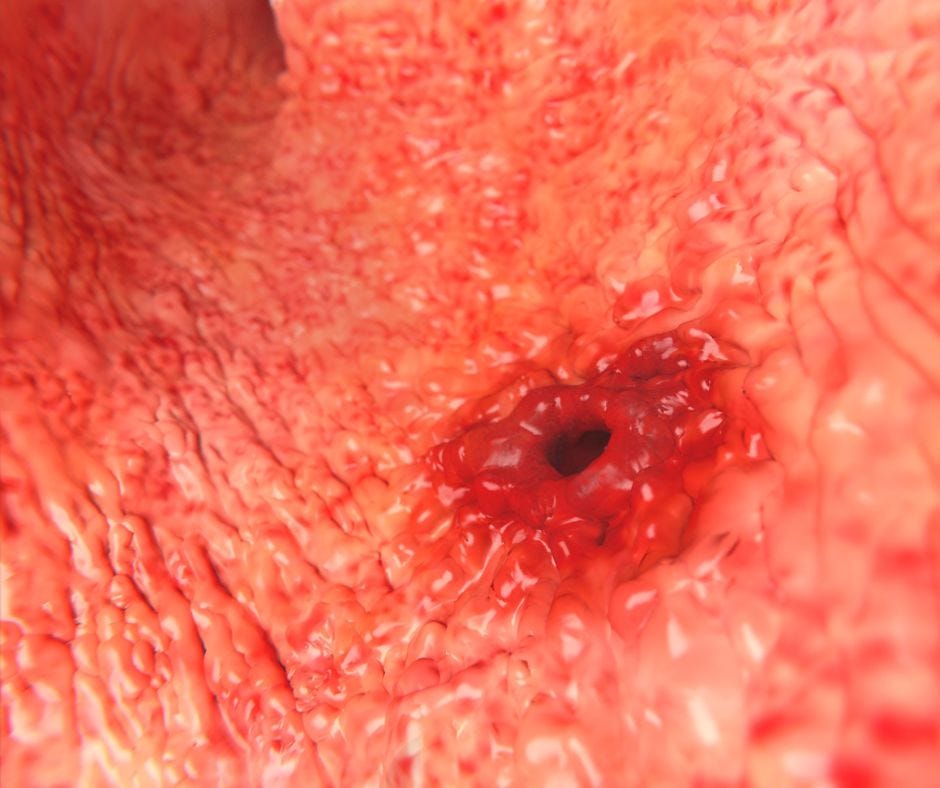
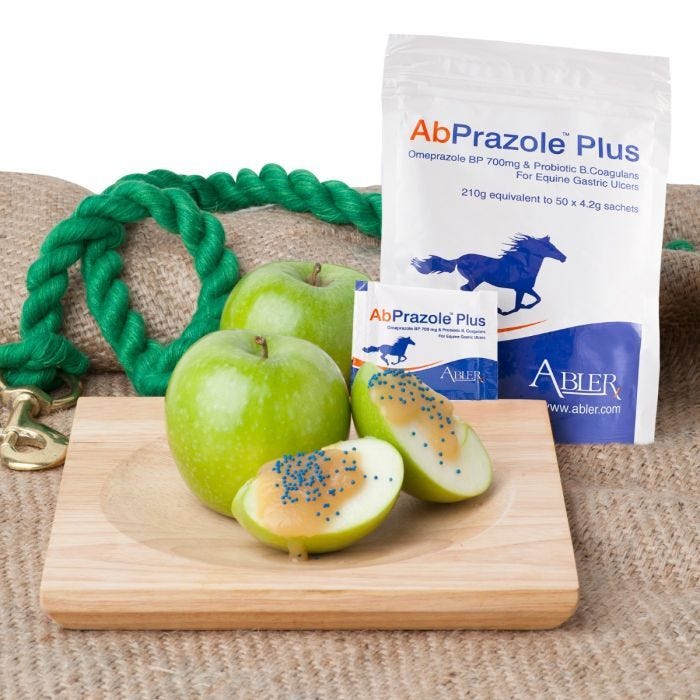
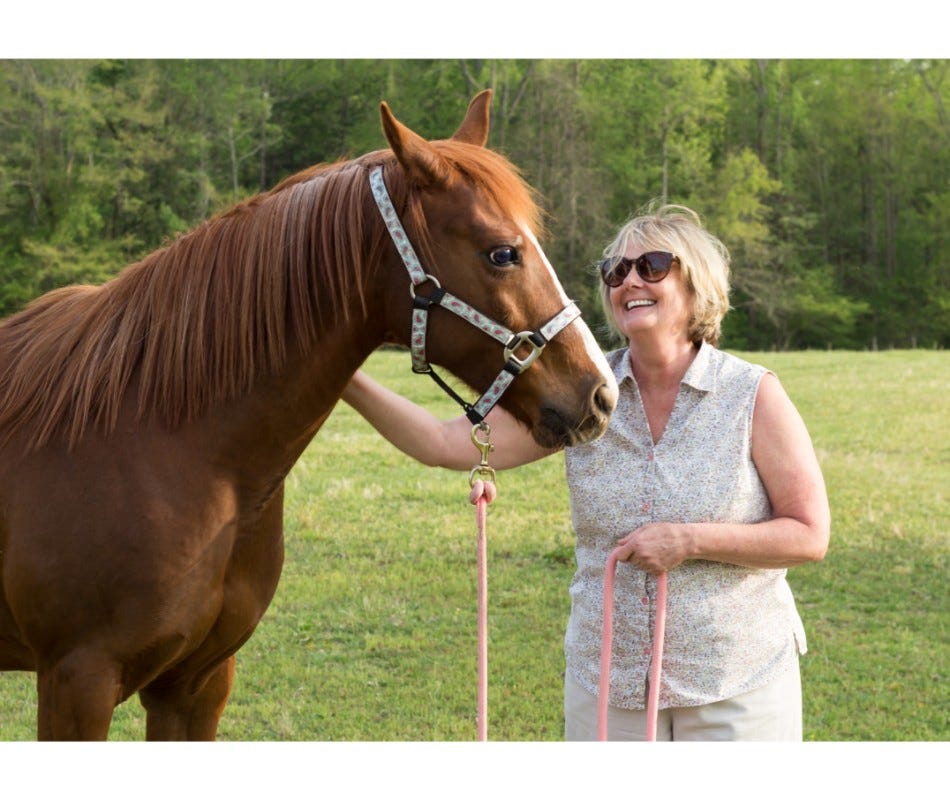
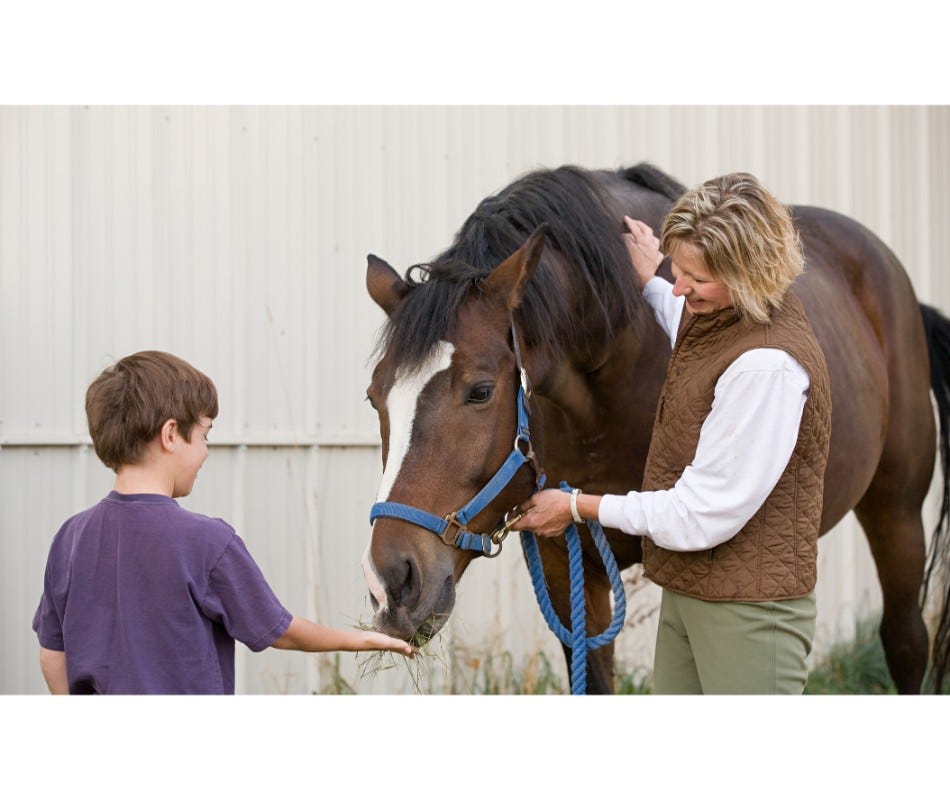
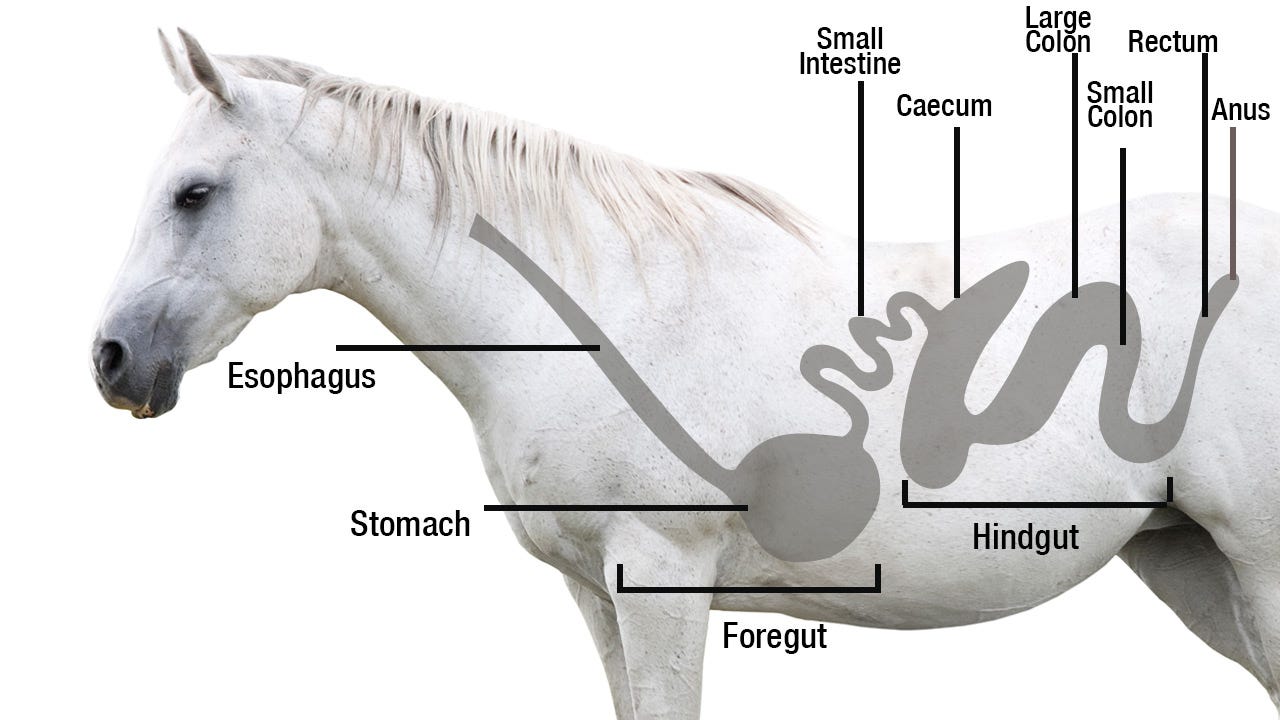
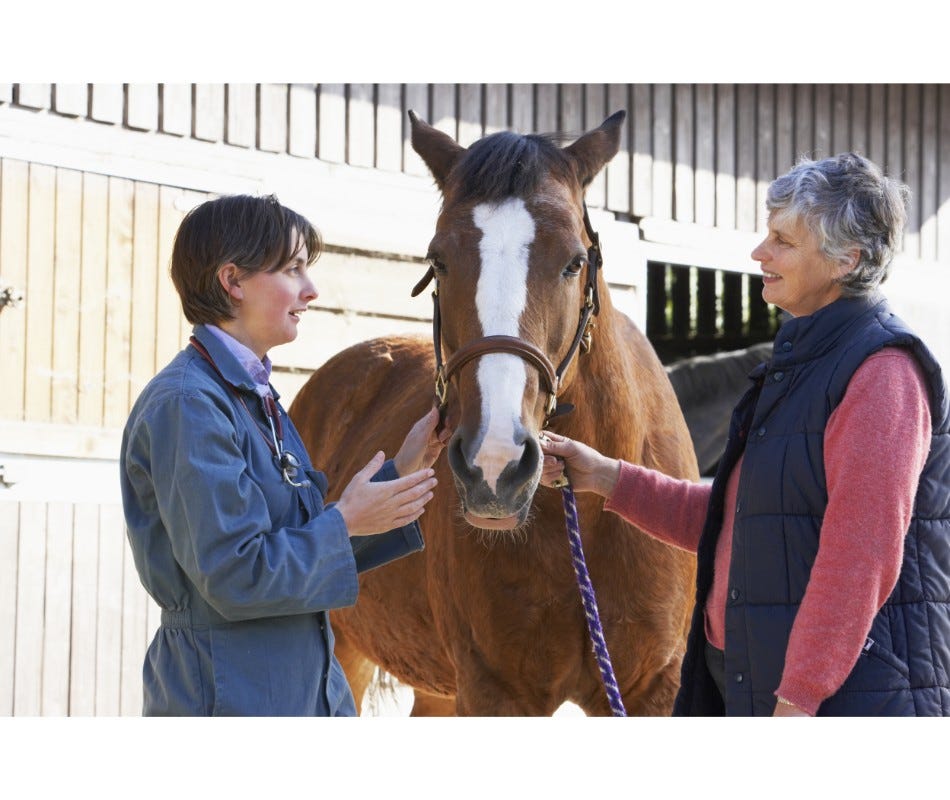
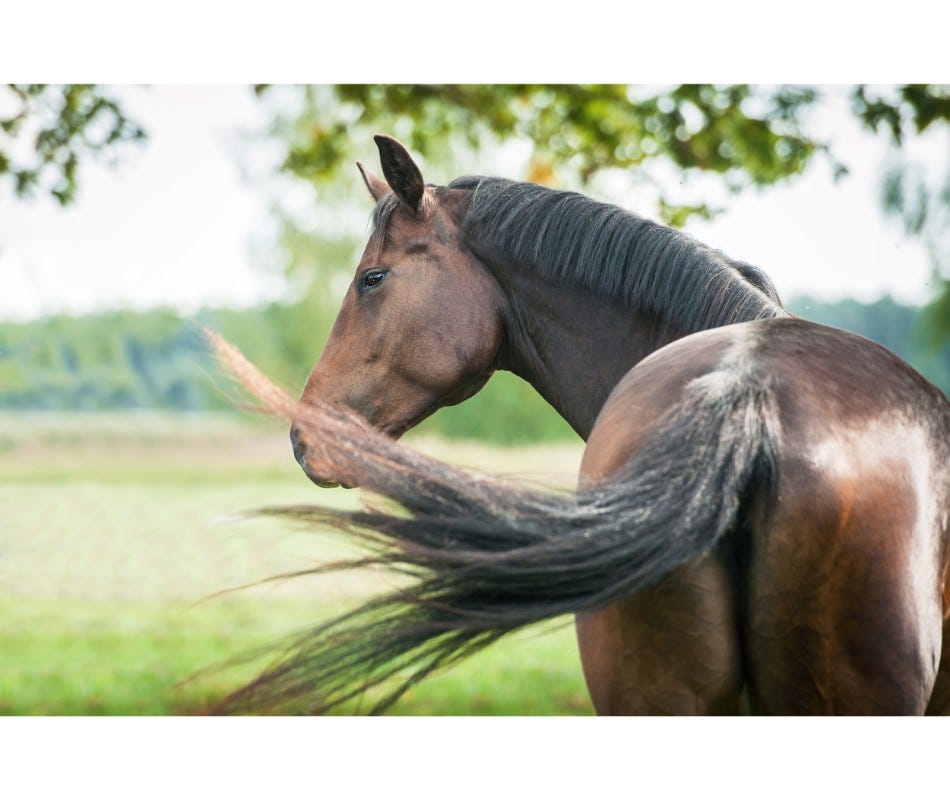
Validate your login